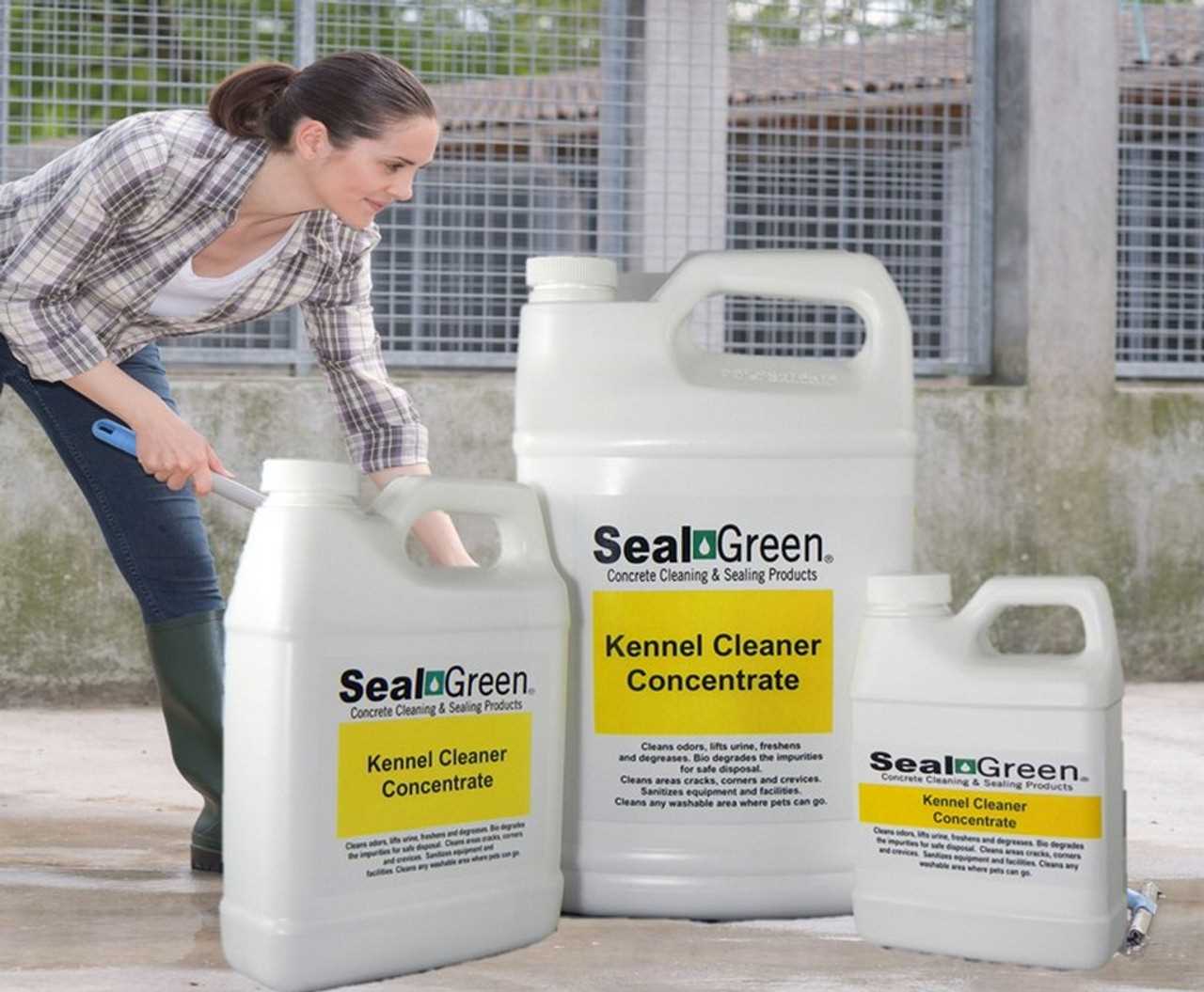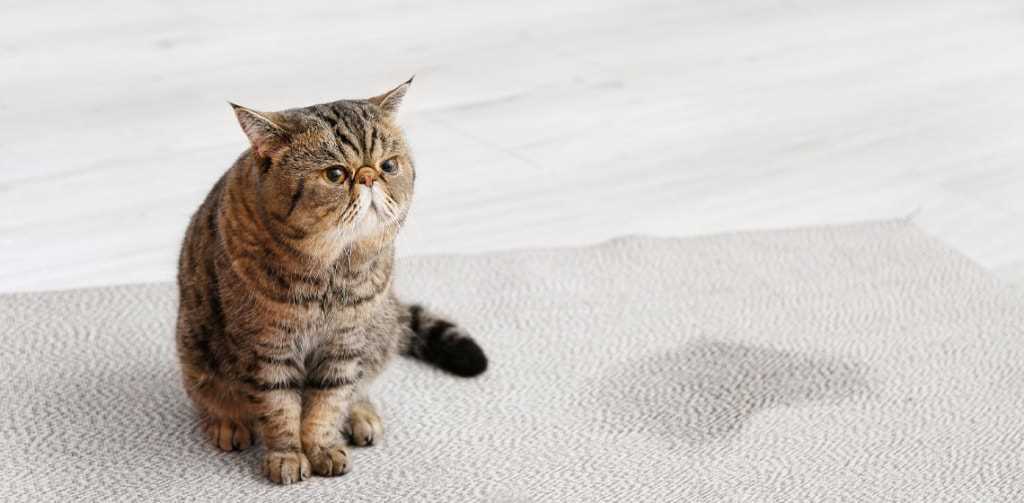



Mix equal parts of distilled white vinegar and water in a spray bottle. This natural solution neutralizes unpleasant odors and breaks down stubborn residues. Spray the mixture generously over the affected area, allowing it to sit for 5-10 minutes before scrubbing with a stiff brush.
After scrubbing, rinse the surface with clean water and dry it thoroughly. If the scent persists, sprinkle baking soda liberally over the area. Baking soda absorbs lingering odors effectively. Let it sit for several hours or overnight, then vacuum it up. This two-step process is often highly successful in restoring freshness.
If you’re dealing with particularly stubborn issues, consider using an enzymatic cleaner specifically designed for biological stains. These products contain enzymes that break down odor-causing compounds at a molecular level, ensuring complete elimination.
Regular maintenance is key. Clean spills and accidents immediately to prevent deeper absorption into the material. Keeping surfaces clean not only helps with odor control but also contributes to a healthier environment for both pets and humans.
Identify the Source of the Odor
First, locate the specific area where the scent lingers. Use your nose; follow the strongest scent to pinpoint the exact spot. If it’s difficult to find, a UV light can reveal hidden patches that are otherwise invisible. Inspect corners, under furniture, and any areas where I might have marked my territory.
Once found, clean the area thoroughly with warm soapy water to remove any residue. After cleaning, test again for lingering odors; if they persist, further treatment may be necessary. Keep in mind that multiple spots may exist, so it’s smart to check the entire space for any overlooked areas.
Consider using a moisture detector in case dampness contributes to the issue. If the surface is still retaining moisture, it might require additional drying time. Identifying all sources ensures a comprehensive approach to addressing the problem effectively.
Gather Necessary Cleaning Supplies
First, grab some white vinegar. It’s a natural deodorizer that works wonders on stubborn scents. Next, have baking soda ready; it absorbs odors effectively and is safe for various surfaces.
Don’t forget a spray bottle for easy application of your cleaning solution. A scrub brush will help work the mixture into the surface, ensuring deep cleaning. For any lingering odors, an enzyme cleaner specifically designed for eliminating organic stains can be a game changer.
Lastly, keep some clean cloths or paper towels handy for blotting up excess moisture and residues. With these items at your disposal, you’re all set to tackle the situation efficiently.
Prepare the Surface for Cleaning
Before tackling the lingering odors, ensure the area is ready for treatment. Begin by removing any loose debris or dirt from the affected region. A broom or vacuum cleaner works well for this task. Pay attention to corners and crevices where particles may accumulate.
Moisten the Area

Lightly dampen the surface with water. This helps to loosen any residues that might be trapped within the porous material. Avoid soaking it; just a gentle mist will suffice. Allow it to sit for a few minutes to prepare for the next steps.
Assess for Stains
Inspect for any visible stains. Identifying these marks can help in targeting specific areas during the cleaning process. Use your fingers or a cloth to feel for rough patches that could indicate deeper issues. Mark these spots to remember where additional attention is needed later.
With the surface clear and ready, I can now move on to the effective cleaning methods to ensure my space is fresh and welcoming again.
Apply Cleaning Solutions to Neutralize Odor
For effective results, choose an enzymatic cleaner specifically designed for pet-related issues. These products break down organic compounds, eliminating the source of the odor rather than just masking it. Follow the instructions on the label for proper dilution and application.
Using a spray bottle, generously apply the solution directly onto the affected area. Ensure it fully saturates the stain and surrounding concrete, as this facilitates deeper penetration. Allow the cleaner to sit for at least 10-15 minutes to maximize its action.
After the wait, scrub the area gently with a brush or cloth to help lift any residual particles and assist in odor neutralization. Rinse with clean water afterward, ensuring no cleaner remains on the surface. Blot it dry with a towel to remove excess moisture.
If the odor persists, repeat the process or consider using a baking soda sprinkle after cleaning. This natural deodorizer can further absorb any lingering scents. Let it sit for several hours or overnight before vacuuming it up to refresh the area.
Rinse and Dry the Affected Area

After applying the cleaning solutions, it’s crucial to rinse the area thoroughly. Use clean water and a mop or a wet vacuum to eliminate any remaining cleaning agent. This step helps ensure that no residue is left behind, which can attract dirt or cause further odors.
Follow these steps:
- Fill a bucket with warm water.
- Dampen the mop in the water, ensuring it’s not soaking wet.
- Gently mop the treated area, allowing the water to lift any leftover cleaning solution.
- Use a wet vacuum if available to suction up excess moisture.
Drying the surface is equally important. A fan can speed up this process. Position it to blow air across the cleaned area. If possible, open windows to increase ventilation, helping to eliminate any lingering odors.
Finally, check the area after it dries. If any trace of the original scent remains, repeat the rinsing process to ensure a complete cleanse.
Prevent Future Incidents with Proper Training

Establishing a consistent training routine for your furry friends is key to avoiding unfortunate mishaps. Utilize positive reinforcement techniques to encourage desirable behaviors, such as using the litter box. Rewarding me with treats or affection when I use the designated area will help reinforce this behavior.
Understanding Triggers

Identifying triggers that lead to accidents can be beneficial. Monitor my habits and preferences closely. For instance, if I tend to stray when stressed or during changes in the environment, addressing these factors will minimize the likelihood of incidents. If health issues arise, such as parasites, seek appropriate treatment for roundworms in cats to ensure my comfort and well-being.
Creating a Comfortable Environment
A clean and inviting space encourages proper behavior. Ensure my litter box is always clean, placed in a quiet area, and accessible. Make adjustments as necessary, like trying different types of litter that I might prefer. If I feel secure and happy in my environment, I’m less likely to misbehave.
Moreover, capturing moments of my antics can help document progress and keep track of training. Check out best budget compact digital camera reviews for affordable options to record our training sessions.









